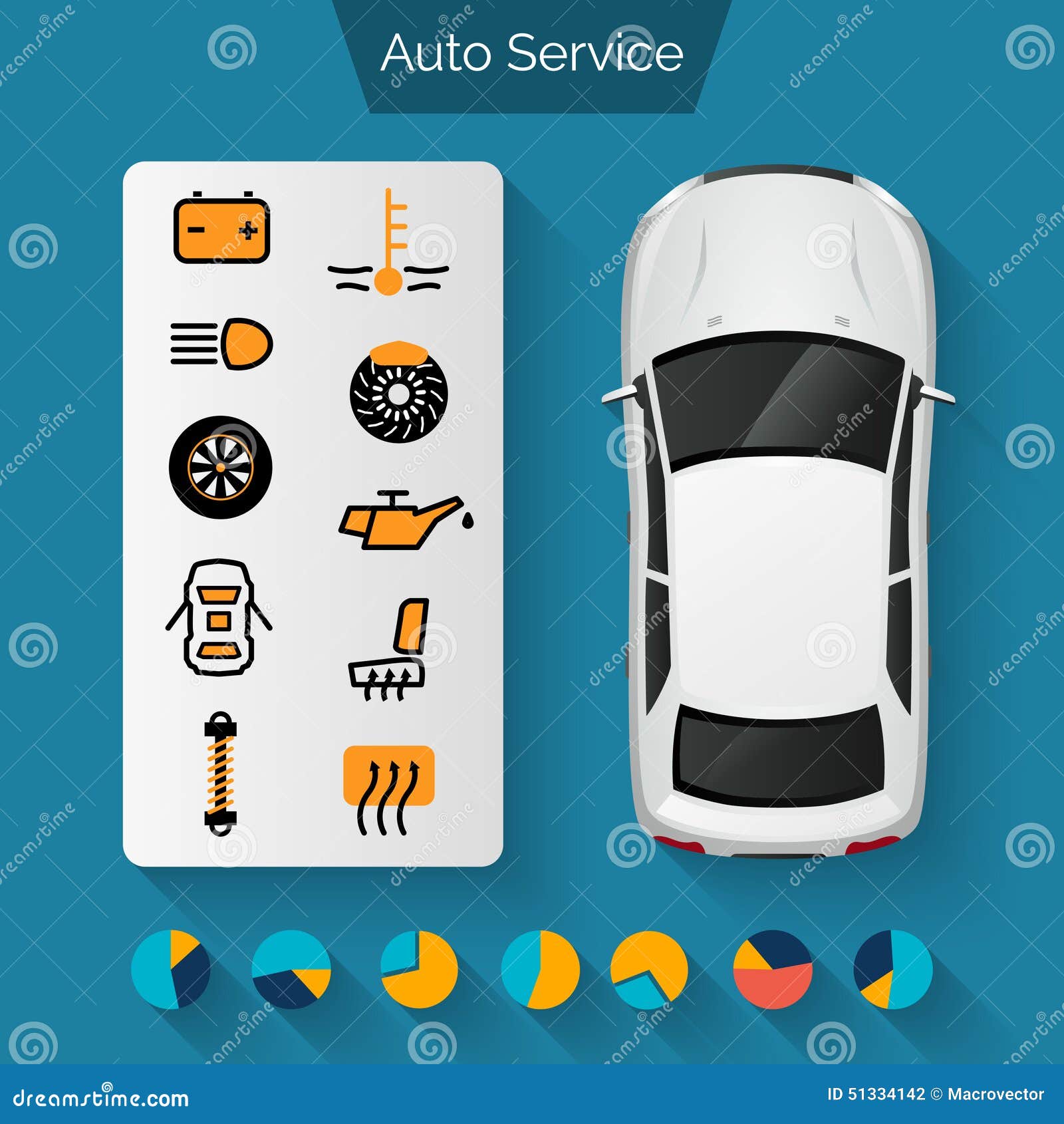When you lag the wheel, those radiant warning lights on your control panel can be a bit puzzling. Do you know what they're trying to tell you about your car's health and wellness? Understanding the significance of these lights is essential for your security and the durability of your lorry. So, the following time one of those lights turns up, would not you want to analyze its message precisely and take the needed actions to resolve it?
Common Caution Lighting and Interpretations
Determine common warning lights in your vehicle and recognize their significances to guarantee risk-free driving.
One of the most typical warning lights include the check engine light, which indicates problems with the engine or emissions system. If this light comes on, it's essential to have your automobile examined quickly.
The oil pressure alerting light indicates low oil stress, needing prompt focus to prevent engine damages.
A flashing battery light might suggest a damaged charging system, potentially leaving you stranded otherwise attended to.
The tire stress tracking system (TPMS) light notifies you to reduced tire stress, affecting lorry stability and fuel effectiveness. Overlooking this could result in hazardous driving problems.
The abdominal light indicates an issue with the anti-lock stopping system, endangering your ability to stop promptly in emergencies.
Last but not least, the coolant temperature level alerting light warns of engine overheating, which can lead to severe damages otherwise solved swiftly.
Understanding these common caution lights will certainly assist you attend to concerns without delay and maintain safe driving conditions.
Importance of Prompt Attention
Understanding the usual caution lights in your vehicle is just the primary step; the significance of quickly addressing these cautions can't be highlighted enough to ensure your security when driving.
When a caution light brightens on your dashboard, it's your automobile's means of connecting a possible problem that requires interest. Neglecting just click the up coming post can bring about extra serious troubles in the future, jeopardizing your safety and security and possibly costing you extra out of commission.
Motivate interest to cautioning lights can protect against break downs and accidents. For instance, a blinking check engine light could indicate a misfire that, if left ignored, can cause damages to the catalytic converter. Resolving this without delay can conserve you from a pricey repair work.
In a similar way, a brake system cautioning light may indicate reduced brake liquid or worn brake pads, essential parts for your safety when driving.
DIY Troubleshooting Tips
If you see a caution light on your control panel, there are a couple of DIY repairing tips you can attempt prior to looking for expert help.
The primary step is to consult your car's manual to recognize what the certain warning light shows. Sometimes the concern can be as easy as a loosened gas cap setting off the check engine light. Tightening up interior wash near me may deal with the issue.
Another usual problem is a low battery, which can cause different advising lights. Checking the battery connections for rust and guaranteeing they're safe may take care of the problem.
If a caution light lingers, you can attempt resetting it by disconnecting the automobile's battery for a couple of minutes and then reconnecting it. In addition, checking your vehicle's fluid degrees, such as oil, coolant, and brake liquid, can aid repair advising lights connected to these systems.
Final thought
To conclude, comprehending your car's warning lights is important for maintaining your vehicle running efficiently and securely. By promptly resolving these alerts and recognizing what they suggest, you can prevent pricey repair work and prospective breakdowns.
mouse click the up coming document in mind to consult your vehicle's manual for specific details on each warning light and do something about it accordingly to ensure a hassle-free driving experience.
Keep informed, stay risk-free when traveling!
